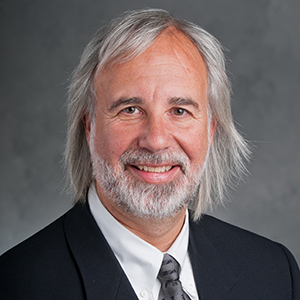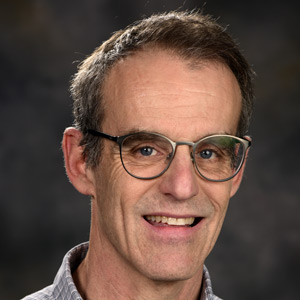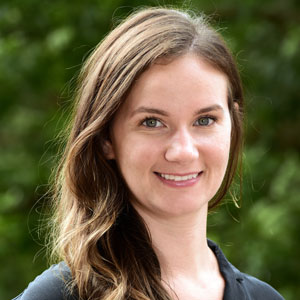The NIEHS Superfund Research Program (SRP) held its first External Use Case (EUC) Showcase Feb. 18-19. Over 140 participants joined the meeting to share experiences and recommendations about integrating datasets from SRP-sponsored research. EUCs, developed by collaborations of researchers from different SRP centers, demonstrate specific scenarios in which data management and sharing could provide new insight on research questions and to identify barriers to inform future data efforts.
NIEHS SRP Director William Suk, Ph.D., emphasized the interdisciplinary nature of SRP-funded research. “Combining the diverse data coming out of these programs offers a unique opportunity to uncover new scientific connections that can help us better understand the complex interplay between exposures and health,” he said. “SRP research teams are well positioned to use data to accelerate the pace of research and answer new questions that could not be answered before.”
At the event, EUCs were presented by grantees who received supplemental funds to bring in data scientists to enhance the integration, interoperability, and reuse of SRP-generated data.
Members of the NIEHS Office of Data Science highlighted efforts to combine datasets that resulted in new insights or information shared with communities and other stakeholders.
Challenges, needs clarified
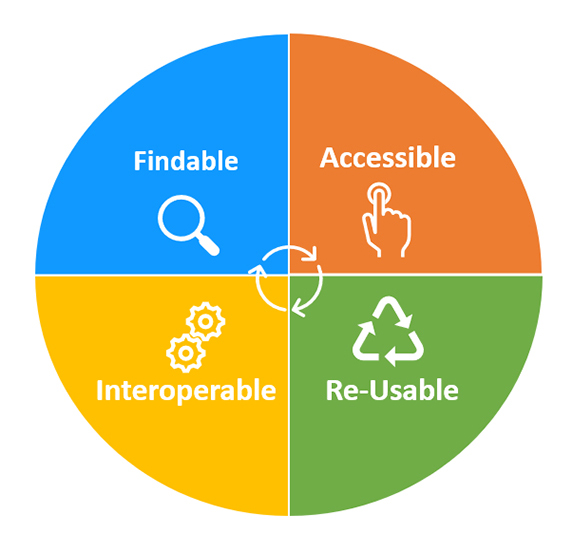 The FAIR Data Principles were developed by a community of scholars, librarians, archivists, publishers and research funders. (Image courtesy of NIEHS)
The FAIR Data Principles were developed by a community of scholars, librarians, archivists, publishers and research funders. (Image courtesy of NIEHS)The Data Supplement Showcase offered an opportunity for researchers to share their progress, the challenges they encountered, and their recommendations for making data more findable, accessible, interoperable, and reusable (FAIR; see top sidebar). Major outcomes from the showcase included:
- Clarifying challenges related to metadata standards and data harmonization.
- Need for appropriate data repositories.
- Need for new tools to support data and metadata collection, data sharing, and data deposition.
- Importance of robust training of trainees and researchers on data science, data sharing, and research data management.
Fertile ground for collaborations
Although teams discussed common challenges, there were plenty of success stories. Researchers who had never before had the chance to connect found new, inventive ways to think through their collaborations.
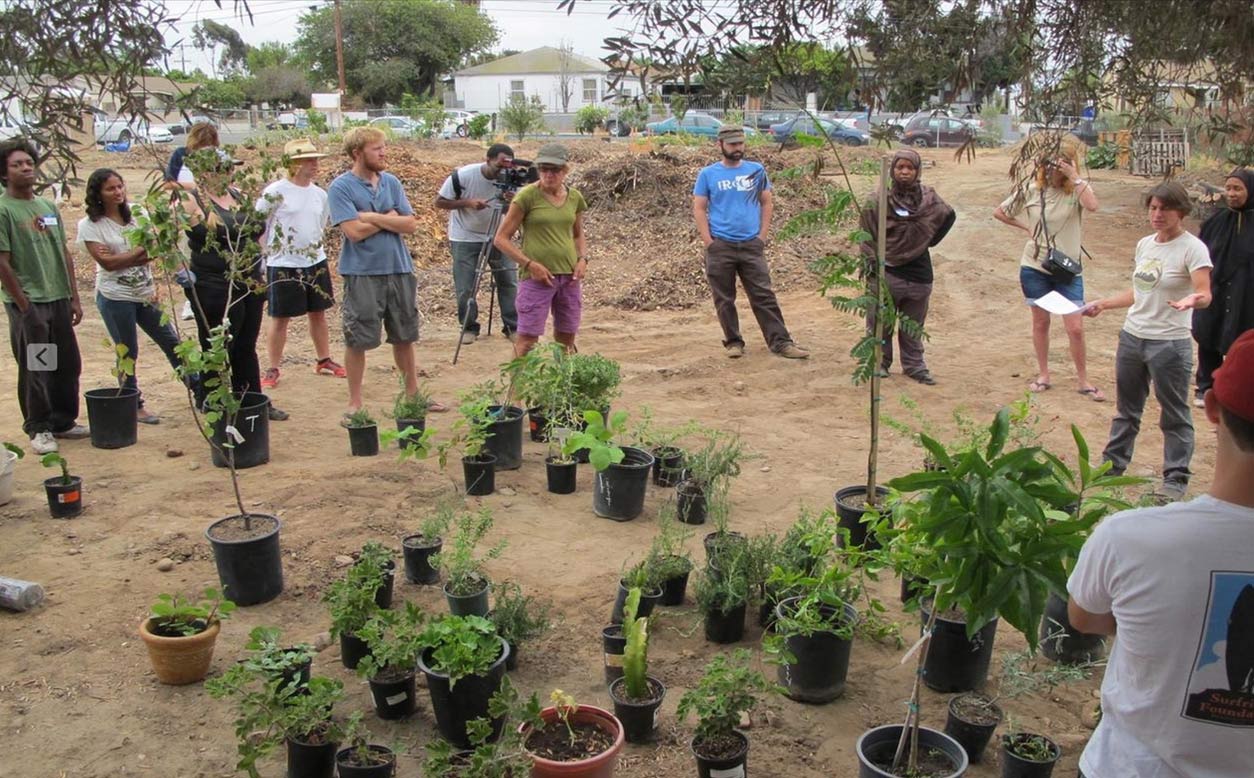 The EUC collaborators worked with the city of San Diego to optimize green infrastructure. The site suitability of this San Diego community garden was determined by EUC data. (Photo courtesy of UC San Diego)
The EUC collaborators worked with the city of San Diego to optimize green infrastructure. The site suitability of this San Diego community garden was determined by EUC data. (Photo courtesy of UC San Diego)“One of the best parts of this project was getting to know people from other institutions and putting our heads together, combining good social science and basic science to look at a problem in a new way and offer a tangible tool to help address it,” said Brown University SRP Center researcher Scott Frickel, Ph.D.
“A key outcome of these data [grant] supplements was having data scientists team up with subject matter experts to together develop ways to facilitate interoperability between existing datasets,” said SRP Health Scientist Administrator Michelle Heacock, Ph.D. “In this way, the approach used by the data scientists considered the needs of the subject matter experts.”
A flurry of publications(https://tools.niehs.nih.gov/srp/data/) is expected to come from these partnership projects. Discussions highlighted the best practices to move forward with SRP data efforts to accelerate the pace of scientific discoveries.
Land use and health
By combining distinct datasets across centers and disciplines, the 19 EUCs helped address a complex research question that individual groups could not tackle alone.
For example, one team includes Texas A&M University (TAMU), Brown University, and University of California (UC), San Diego. They are working to understand how land use — vacant, industrial, and green space, for example — affect people’s exposure to harmful chemicals, as well as community resilience and health.
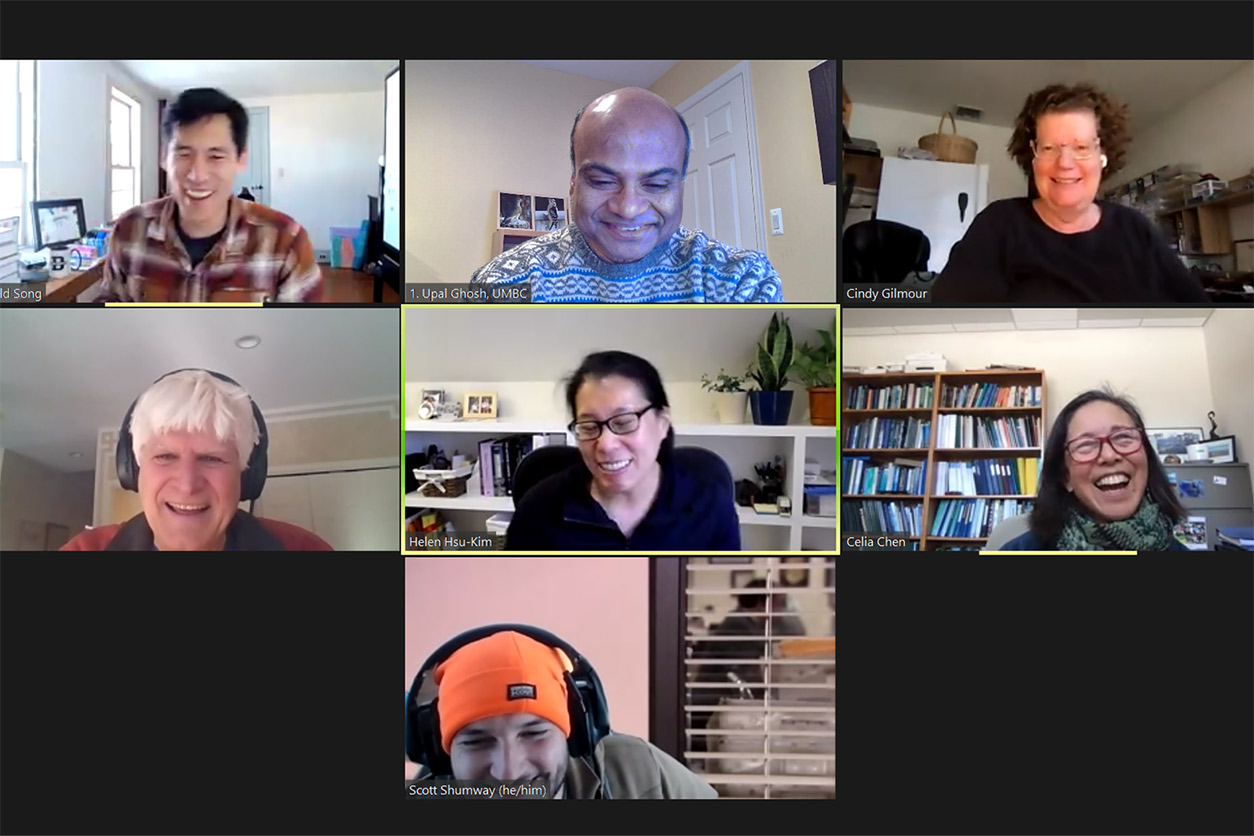 Researchers from Dartmouth College; the University of Connecticut; Duke University; the University of Maryland, Baltimore County; and the Smithsonian Environmental Research Center collaborated and shared updates. (Photo courtesy of Upal Ghosh)
Researchers from Dartmouth College; the University of Connecticut; Duke University; the University of Maryland, Baltimore County; and the Smithsonian Environmental Research Center collaborated and shared updates. (Photo courtesy of Upal Ghosh)Researchers and data scientists created an online interactive map using city, local, and SRP Center datasets. The map overlays factors like social vulnerability, impervious surfaces, green space, and housing conditions. With this tool, communities, regulators, and other researchers can visualize how different factors contribute to health risks. The team also published their work in December 2020.
Fish and contaminant mapping
The Boston University and Dartmouth University SRP Centers teamed up to create a searchable platform of publicly available data on contaminants in fish, environmental factors, and SRP data.
“I think one of the biggest accomplishments was working to understand the types of data that we had between our partner teams,” said Dartmouth SRP Center Director Celia Chen, Ph.D. “It was astounding to me that we were all mercury scientists and used very different terms for similar types of measurements. That was part of the challenge of combining the data.”
The team standardized the data from different sources, integrated it, and produced a new centralized repository. Their product will underpin an interactive mapping tool to provide a broad view of contaminants in fish and potential health risks by region.
Citations:
Malecha ML, Kirsch KR, Karaye I, Horney JA, Newman G. 2020. Advancing the Toxics Mobility Inventory: development and application of a Toxics Mobility Vulnerability Index to Harris County, Texas. Sustainability 13(6):282–291.
Heacock ML, Amolegbe SM, Skalla LA, Trottier BA, Carlin DJ, Henry HF, Lopez AR, Duncan CG, Lawler CP, Balshaw DM, Suk WA. 2020. Sharing SRP data to reduce environmentally associated disease and promote transdisciplinary research. Rev Environ Health 35(2):111–122.
(Natalie Rodriguez is a research and communication specialist for MDB Inc., a contractor for the NIEHS Superfund Research Program.)

SRP publications mapped by discipline. Integrating and reusing data generated from individual research projects within the program can accelerate the pace of research. (Image from Heacock et al., 2020 used under CC BY 4.0 license)





